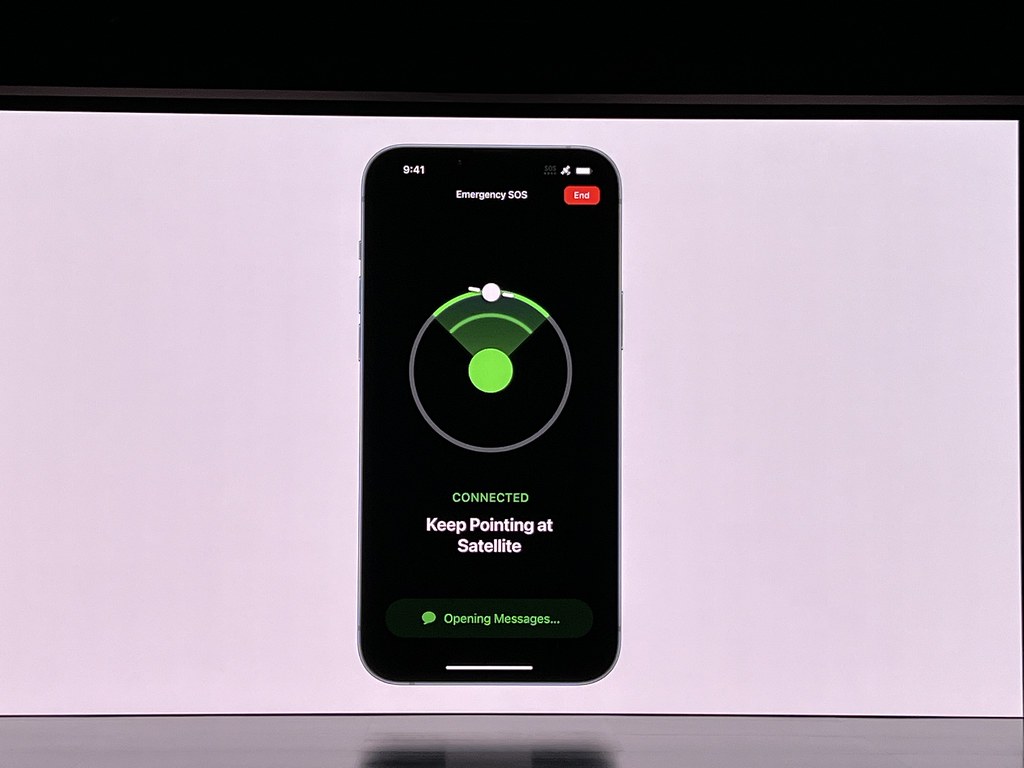
On Monday, Apple released iOS 18.5, which brings emergency satellite capabilities to iPhone 13 owners for the first time. Until now, these features were only available on iPhone 14 models and newer.
The emergency satellite system is designed for use in situations where there is no cellular signal or Wi-Fi available. It allows users to contact emergency services, send satellite texts, share details with emergency contacts, or request roadside assistance. This feature has already been credited with saving lives, including helping lost hikers, rescuing people from wildfires, and more.
Although primarily designed for emergency situations, carrier-provided satellite services don’t have to be used just for emergencies. Users can also send messages to friends via satellite or use other features offered by carriers.
With the iOS 18.5 update, users can now access satellite services from various carriers, such as T-Mobile with Starlink. You can check if this feature is available by going to the Cellular menu in the Settings app.
Additional Updates with iOS 18.5
While the expansion of satellite services to iPhone 13 owners is the standout feature in iOS 18.5, there are several other notable updates as well. The Screen Time feature now includes a new option that alerts parents if their child enters the parent’s passcode correctly to access permissions. The Mail app now allows for easier access to the “All Mail” category as a standalone tab. There’s also a new Pride wallpaper for users to choose from, and the Apple TV app has made it easier to subscribe to content on a smart TV or connected device. Additionally, Apple has fixed a bug where the Apple Vision Pro app would launch with a black screen when downloaded from the App Store, along with resolving issues with Siri and enterprise apps not launching.
iOS 18.5 was released alongside iPadOS 18.5, which mainly addresses bug fixes, as well as updates for visionOS 2.5, watchOS 11.5, and security updates for macOS Ventura 13.7.6 and macOS Sonoma 14.7.6.
Author’s Opinion
Apple’s decision to expand satellite capabilities to iPhone 13 users is a smart move. In emergencies, where traditional connectivity is unavailable, this feature could be life-saving. By offering this functionality to a broader range of devices, Apple ensures its customers have access to critical services when they need them the most. As satellite technology continues to evolve, Apple’s integration of it into its devices feels like a natural step toward providing more comprehensive support, particularly in areas with limited infrastructure.
Featured image credit: textlad via Flickr
For more stories like it, click the +Follow button at the top of this page to follow us.
